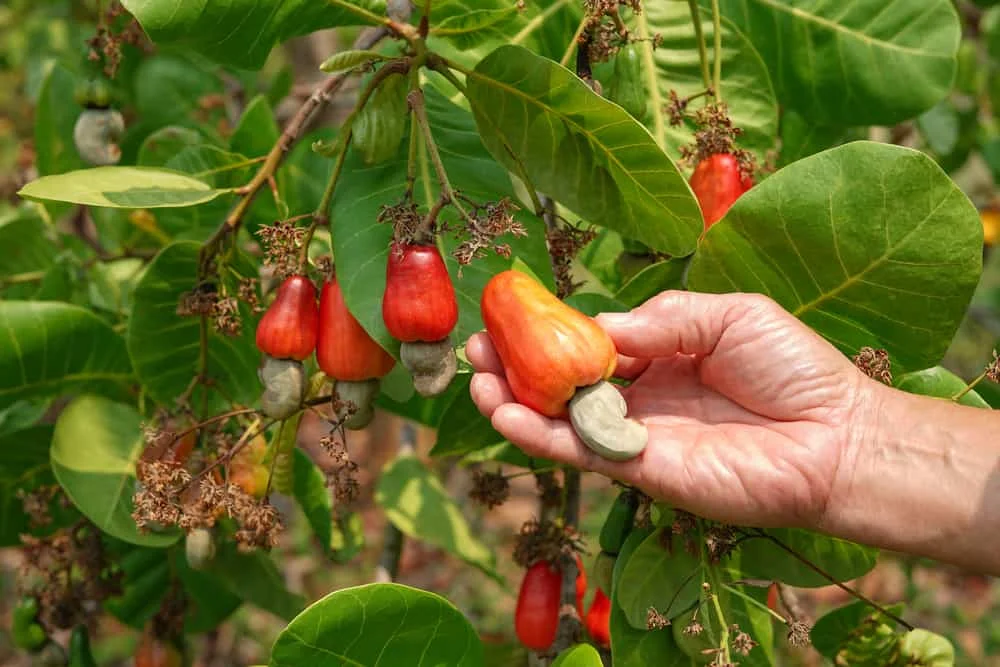The Director-General of the National Agency for the Control of AIDS (NACA), Dr. Temitope Ilori, has announced plans to support the domestic production of HIV commodities, including test kits and antiretroviral drugs, by the end of 2025. This initiative is part of the government’s broader strategy to create an enabling environment for ending AIDS as a public health threat by 2030.
Dr. Ilori made the disclosure on Friday in Ilorin, Kwara State, during the inauguration of the Kwara Prevention of Mother-to-Child Transmission (PMTCT) and Pediatrics Antiretroviral Therapy (ART) Acceleration Committee. She emphasized that the domestic production of HIV commodities would enhance accessibility, affordability, and sustainability in the fight against HIV/AIDS.
Key Strategies to Achieve an AIDS-Free Generation
In her address, Dr. Ilori outlined several strategies aimed at achieving an AIDS-free generation and ensuring a sustainable HIV response in Nigeria. These include:
- Domestic Production of HIV Commodities: Local manufacturing of test kits and antiretroviral drugs to reduce dependency on imports and ensure a steady supply of essential HIV commodities.
- National Health Insurance Program: Enrolling all individuals in the national health insurance scheme to improve access to HIV prevention, treatment, and care services.
- Resource Mobilization: Strengthening advocacy efforts and mobilizing resources to states to support HIV programs.
- Vaccine Research and Innovation: Supporting research and innovation in HIV vaccine development to advance prevention efforts.
Challenges in Pediatric HIV Coverage
Dr. Ilori highlighted the challenges in preventing mother-to-child transmission (PMTCT) and pediatric HIV coverage, citing data from the UNAIDS 2023 report. According to the report, approximately 140,000 children aged 0-14 are living with HIV in Nigeria, with 22,000 new infections and 15,000 AIDS-related deaths occurring annually. Despite progress, PMTCT and pediatric HIV coverage remain below 33%, far from the 95% target set by the Global Alliance Action Plan to End AIDS in Children.
“To address this, the Global Alliance Action Plan to End AIDS in Children was developed in 2021 with full financial support, yet coverage remains suboptimal,” she said.
Kwara State’s HIV Prevalence and Disparities
Dr. Ilori noted that while Kwara State’s HIV prevalence rate of 0.8% is below the national average of 1.4%, disparities persist. Women are disproportionately affected, with a prevalence rate of 1.3% compared to 0.4% among men. Some local government areas in the state require targeted interventions to maintain and further reduce prevalence rates.
“Achieving an AIDS-Free Generation is within reach, and no child should be born HIV-positive in Kwara State. I urge all partners to support us in developing a comprehensive line-list of children of HIV-positive clients, which is crucial to accelerating pediatric ART nationwide,” she added.
National and State-Level Acceleration Committees
To address the gaps in PMTCT and pediatric HIV coverage, the Minister of State for Health has established a national acceleration committee. This model is being replicated at the state level to eliminate mother-to-child transmission and enhance real-time program monitoring.
Dr. Ilori emphasized the need for government-led sustainability efforts to reduce reliance on donor support. “Over the past few days, I have received numerous calls regarding the implications of the 90-day foreign aid suspension on our HIV program. While we are relieved that HIV services remain exempt, this situation underscores the need for government-led sustainability efforts,” she said.
Kwara State Government’s Commitment
Kwara State Deputy Governor, Kayode Alabi, assured stakeholders of the state government’s commitment to ensuring the committee achieves its mandate. He pledged to provide the necessary support and resources to strengthen HIV prevention, treatment, and care services in the state.
“The Kwara State Government is fully committed to achieving an AIDS-free generation. We will work closely with NACA and other partners to ensure the success of this initiative,” Alabi said.
A Call for Collective Action
Dr. Ilori called for collective action from all stakeholders, including government agencies, development partners, civil society organizations, and communities, to achieve the goal of ending AIDS as a public health threat by 2030. She emphasized the importance of sustained advocacy, resource mobilization, and innovation in driving progress toward an AIDS-free generation.
Conclusion
The announcement of plans to support the domestic production of HIV commodities by 2025 marks a significant step forward in Nigeria’s fight against HIV/AIDS. By enhancing local manufacturing capabilities, improving access to health insurance, and strengthening advocacy efforts, the government aims to create a sustainable and effective response to the epidemic.
The inauguration of the Kwara PMTCT and Pediatrics ART Acceleration Committee underscores the commitment to eliminating mother-to-child transmission and ensuring that no child is born with HIV. With the support of stakeholders at all levels, Nigeria is poised to make significant strides toward achieving an AIDS-free generation and ending AIDS as a public health threat by 2030.
As the nation works toward these goals, the focus remains on equity, accessibility, and innovation to ensure that all individuals, regardless of their location or socioeconomic status, have access to the prevention, treatment, and care services they need.












